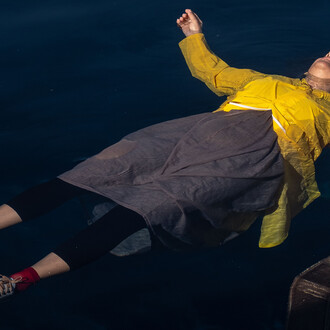White Cube is pleased to announce the first solo exhibition in Asia of pioneering Brazilian artist Lygia Pape (1927–2004), opening in Seoul in March 2024.
A vital figure in the emergence of contemporary art in Brazil, Pape’s five-decade-long career saw the artist forging new forms of geometric abstraction that questioned the spatial dynamic between artwork and viewer. The first exhibition of her work at White Cube Seoul coincides with the 20th anniversary of Pape’s death and offers an overview of the breadth of her experimental practice, which included painting, printmaking, sculpture, film, performance, and installations.
A highlight of the show is a site-specific installation from her important ‘Ttéia’ series, which the artist produced during the latter decades of her life. In Ttéia 1, B (2000), accumulations of intricate woven gold thread extend across the corner of the gallery, forming luminous columns of light. Evoking the woven geometries of her formative ‘Tecelares’ prints and ‘Desenhos’ drawings, the ‘Ttéia’ series stands as one of Pape’s most celebrated group of works, emblematising her career-long investigations into geometric abstraction and interactivity.
Lygia Pape was born in Nova Friburgo, Brazil, in 1927 and came of age at the close of the Second World War. In the early 1950s, while studying at the Museu de Arte Moderna do Rio de Janeiro, Pape was part of a group of artists who together formed the avant-garde collective Grupo Frente. Closely associated with the Concrete movement, which had gained international popularity since the 1930s, the group rejected the Brazilian modernist conventions of the era – which favoured the figurative – engaging instead with a form of geometric abstraction untethered from observed reality. Pape later co-founded the influential Brazilian Neo-Concrete movement (1959 – early 1960s) alongside Hélio Oiticica and Lygia Clark, which pushed Concrete art to new levels of experimentation.
The exhibition at White Cube Seoul will bring together drawings and reliefs from Pape’s early career, alongside sculpture and installation from key moments during her later years.
















